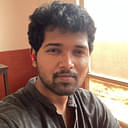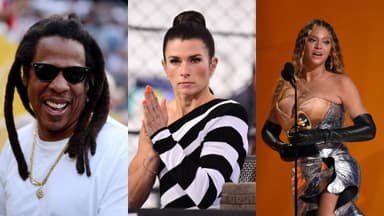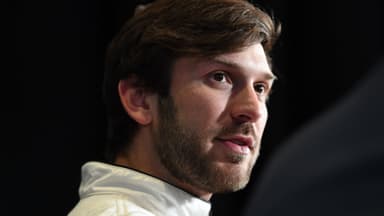No doctor would recommend being near a roaring 358 cubic-inch V8 engine that spews out raw power for prolonged periods of time. And yet, that’s what drivers in the NASCAR Cup Series do for a living. In addition to the obvious safety hazards that professional racing presents, there are also hearing-associated risks. Drivers deal with this using earplugs sanctioned by the governing body.
Advertisement
It is not uncommon to see the men behind wheels put these plugs in their mouths before placing them in their ear cavities. The reason for this is now out in the open after a fan posed the question of why to Dale Earnhardt Jr. on his podcast. The racing icon said, “Those molds are made to fit your ear, obviously, and they’re very tight.”
THUNDER
Goodwood is always a place of firsts and never before in my 20 years of motorsport photography have I felt my earplugs being pushed deeper into my ears like when this Garage 56 Nascar set off right next to me. #Goodwood #GoodwoodFoS #FoS pic.twitter.com/rzLCCn9q9Y
— Jochen – Frozenspeed (@Frozenspeed) July 17, 2023
“Over time it’s like harder and harder to get them all the way in there. So, you’ll get it in the interior of your ear but the actual part that you’re trying to get in the canal is still not kind of in there. It’s very gross to think about it but it just makes getting it in there easier.” He continued to note how the size of his earplugs was always changing and the molds from 2017 don’t fit his ear anymore.
As gross as it may be, the plugs are a crucial part of a driver’s racing gear. Noise levels inside and around the Next-Gen Cup car are so high that just 30 seconds of experiencing it without plugs could cause noise-induced hearing loss. Even with the plugs, complaints of hearing loss aren’t rare in the sport. From Cale Yarborough to Tony Stewart, many have suffered from this problem.
The importance of using earplugs according to Tony Stewart
The 3X Cup Series champion famously failed a hearing test before an Indianapolis 500 run. He began racing competitively at the age of 5 but it was far too late when he began understanding the advantages of wearing plugs. He once said, according to the Ear Plug Superstore, “I started to go deaf when I was a kid. I’m safe now, but people just have to start wearing earplugs earlier in their careers.”
“But it’s hard to convince a kid to wear earplugs when all he wants to do is drive a racecar. It’s too late now for me, so what am I supposed to do about it?” Richard Petty, Jeff Gordon, Darrell Waltrip, and many others faced similar issues with hearing. In NASCAR, hearing loss isn’t a question of if, but one of when. Ear plugs, even if they have to be put in the mouth before the ear, are the only form of protection.
Stock car racing’s extreme noise levels create an atmosphere unmatched by any other sport. However, the same iconic sound is a double-edged sword as drivers deal with one of the many perils of being on the limit with 40-odd other cars on a banked oval. Such is the thrill of NASCAR.








